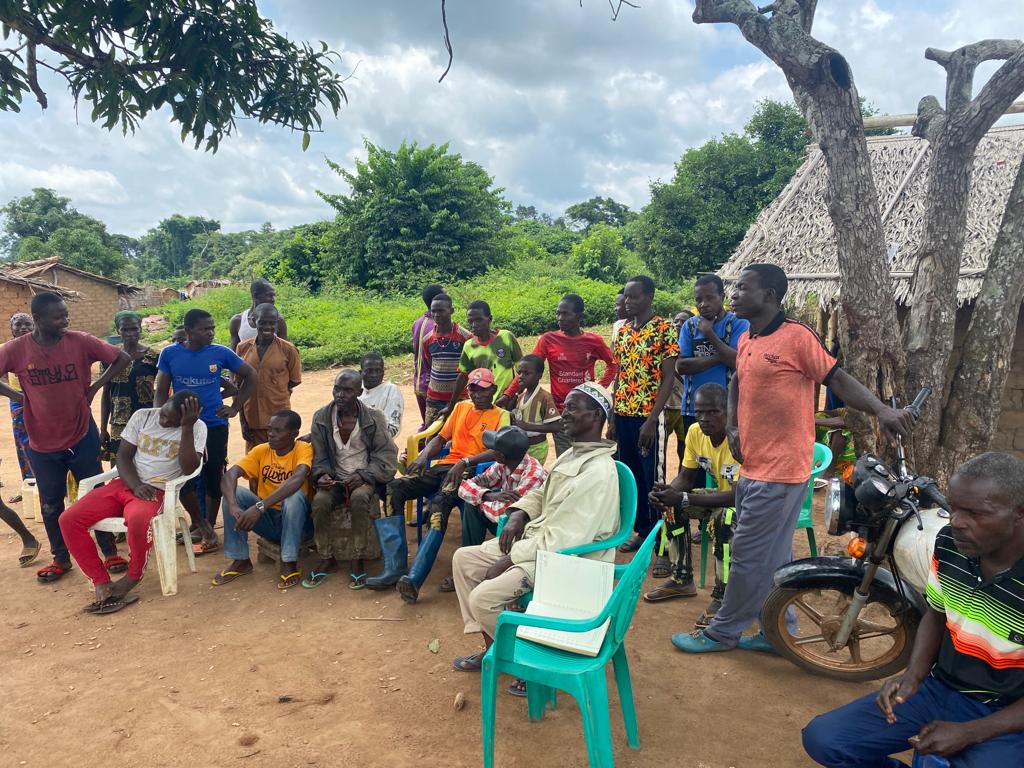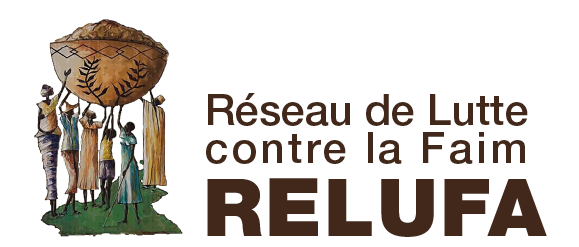
By Enjema Nenne Esunge
“The KP is now about geopolitics, and it’s not necessarily looking at the problems of the local communities. That’s where we have an issue.” – Jaff Bamenjo, KP CSC Vice-Coordinator
The Kimberley Process is a certification scheme created to prevent trade in conflict diamonds. While it has succeeded in some ways, it must be criticized for failing to meet the demands of communities affected by diamond mining. The Kimberley Process should now focus on addressing the root causes of poverty and desperation in diamond mining communities rather than on geopolitics.
Diamond mining can have adverse effects on the communities where it takes place. Environmental damage, health hazards, and human rights abuses are all too familiar in diamond mining communities. However, the narrow definition of conflict diamonds prevents the Kimberley Process from addressing these negative impacts, but diamonds produced under these conditions are still certified as conflict-free. Many argue that the focus and scope of conflict diamonds definition is too narrow and should address the broader issues facing mining communities.
The Kimberley Process is under criticism for allowing diamonds mined in areas with human rights abuses to be certified as conflict-free. For example, diamonds mined in Zimbabwe’s Marange fields have been controversial for years. The Kimberley Process has certified these diamonds as conflict-free despite reports of violence and human rights abuses in the area. It has led some to question the effectiveness of the KP in preventing the trade of conflict diamonds.
The Kimberley Process is also criticized for its lack of transparency. The narrow definition of conflict diamonds prevents the Kimberley Process from addressing these negative impacts, but diamonds produced under these conditions are still certified as conflict-free.
To remain relevant, the KP should start showing interest in the plight of local communities where diamond is mined and address the root causes of poverty and desperation in diamond mining communities. It requires a more holistic approach considering mining communities’ broader issues, such as economic inequality, environmental damage, and social and cultural disruption. It would also require greater transparency in the certification process so that consumers can be confident that the diamonds they buy are conflict-free.
One way to address the root causes of poverty and desperation in diamond mining communities is to promote responsible mineral-sourcing practices. The KP can achieve this by working with local communities and mining companies to ensure that they operate in an environmentally sustainable and socially responsible manner. It also includes supporting local communities by providing them with the resources and training to build sustainable livelihoods.
Promoting transparency and accountability in the diamond supply chain is critical So that consumers are aware of the journey of their diamond from the mine to the jewelry store. It would make it easier for consumers to know whether the diamonds they buy are conflict-free and incentivise mining companies to operate responsibly and transparently.
In conclusion, the Kimberley Process certification scheme may have successfully diminished the rampant trade in conflict diamonds during the early 2000s. However, it is criticized for failing to meet current challenges and the demands of local communities affected by diamond mining. Focusing on the root causes of poverty and desperation in diamond mining communities, the Kimberley Process could become a more effective tool for promoting responsible and sustainable mining practices. It would require a more holistic approach considering the broader issues facing mining communities and greater transparency in the certification process beyond the limited scope.
